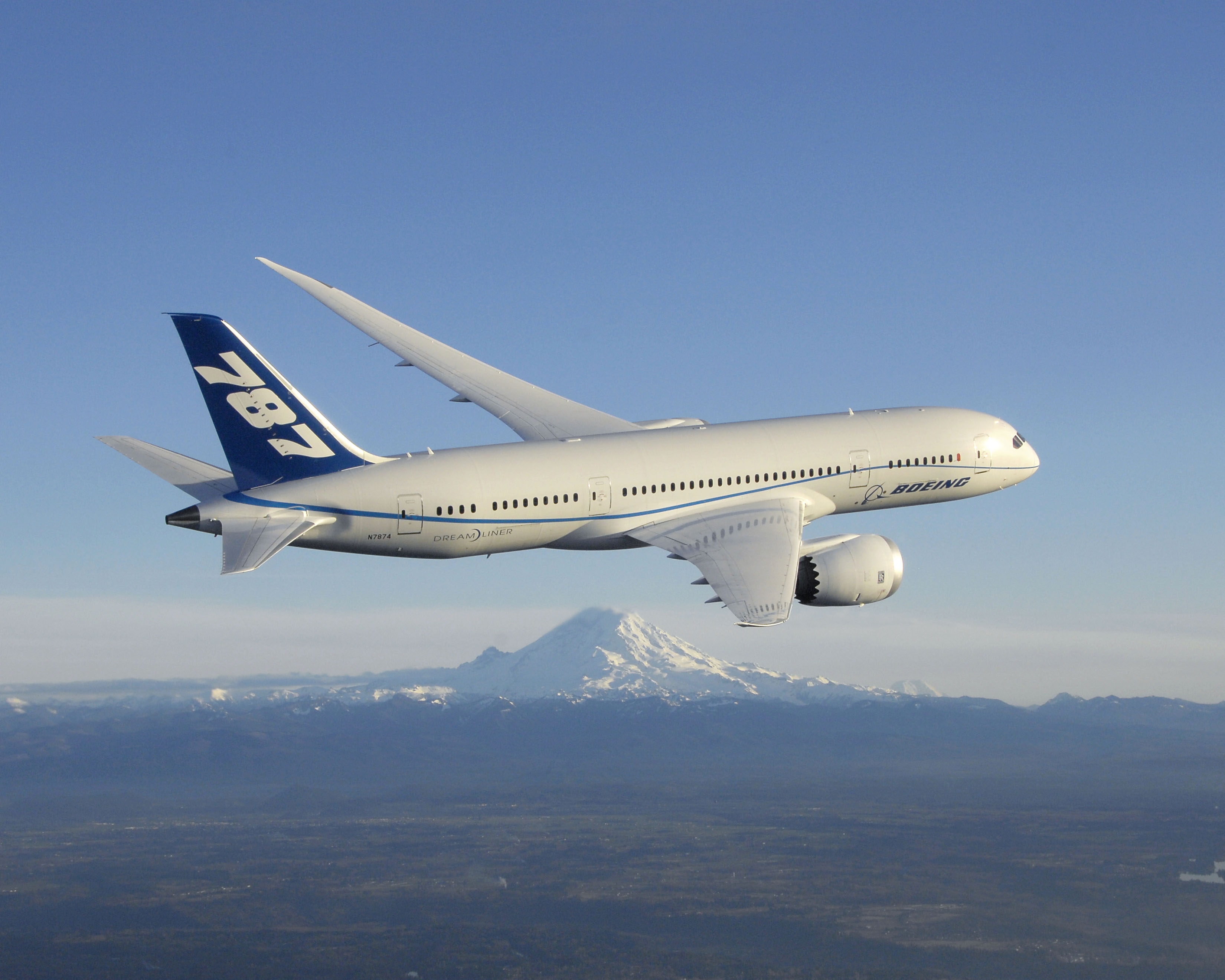
The most recent problem was reported Tuesday by the St. Louis Post Dispatch and involved fuselage sections built in South Carolina and shipped to Washington for final assembly. According to the report, when technicians in Washington joined the fuselage and wings, then removed the support holding the body sections up, nearly 100 improperly installed fasteners fell to the floor.
Just the week before, some 7,500 production line workers at the South Carolina plant were awarded performance bonuses of between $3,000 and $4,000 each. And because the workers in Washington must complete the work that should have been finished in South Carolina, 787 deliveries are delayed. Boeing expects to build 10 787s a month.
It took Boeing nearly eight years to get its 787 Dreamliner off the drawing board and into service with the world’s airlines. The total cost for development and manufacturing has been estimated at $32 billion. The initial estimates called for a development period of around four years and a budget of about $6 billion.
The 787 Dreamliner is Boeing’s most advanced airplane. The plane’s body is 50% composites and 20% aluminum, almost the full reversal of the make-up of the 777, which is 12% composites and 50% aluminum. The lower weight of the composites is a main contributor to the 787’s fuel efficiency. Boeing claims the airplane is 20% more fuel efficient than similarly sized airplanes and emits 20% less pollutants.
ALSO READ: Why a Boeing 777 Sells for $320 Million
The U.S. Federal Aviation Administration (FAA) and the European Aviation Safety Agency (EASA) have recently certified the 787-9 to begin commercial service. The somewhat smaller 787-8 has been shipping to customers since late 2011. Boeing will ship its first 787-9 to Air New Zealand later this summer.
The list price on a 787-9 is $249.5 million. The plane itself is a dual-aisle, twin-engine wide-body that can carry 280 passengers, compared with a capacity of 242 for the 787-8. A larger version of the plane, the 787-10, is currently being designed with seating capacity of 323. The 787-10 is scheduled to come into service in 2018.
The most interesting thing about the price of a 787 is not how much it costs, but how little. Airlines never pay list price for a plane, and the actual price for a 787-8 is reported to be around $117 million. One analyst estimated that the cost to build one of these planes is about $232 million, which means that Boeing is losing $115 million on each plane it sells. Another put the unit cost at $160 million in the third quarter of last year and the sale price at $115 million. The second estimate seems more likely, just because the first one is so hard to believe. Fortunately for Boeing, the highly profitable 737 and 777 planes offset the high discounts Boeing is forced to give on the 787s.
Boeing is able to account for these massive losses by using “program accounting,” which allows the company to book future profits now by spreading out the costs and revenue from the 884 unfilled orders for the 787s on Boeing’s books. In a January report, The Wall Street Journal reckoned that if Boeing used standard accounting it would have reported an operating loss of $69 million in its commercial jet division for the first three quarters of last year.
ALSO READ: Why a Boeing 737 Costs up to $110 Million
Boeing calls the gap between what it costs to manufacture a 787 and what the company sells the plane for “deferred production costs,” and it projects such costs for the 787 program at $25 billion, which it will have to pay back before the plane is profitable. One analyst sees the shortfall at $35 billion and doesn’t think that the aircraft will be profitable until 2019, after the first 1,000 Dreamliners are delivered. Adding in all the development costs, another analyst figures that Boeing will not recover all its costs on the 787 until it sells at least 1,900 planes.
In order to make the 787s profitable, though, Boeing will have to charge more for the plane, get its manufacturing costs down and take a lot of orders. So far in 2014, the company has just one new net order for a 787.
Boeing estimates that the total market for the 787 over a 20-year period to 2030 is 3,500 planes, of which it expects to sell more than half. The company has taken orders for 1,031 of the planes and delivered 147, all 787-8s. Boeing will have to step up its game if it not only wants to sell as many planes as it expects, but also if it wants to make a profit on the sales.
Boeing shares were down 1.7% Wednesday afternoon, at $126.94 in a 52-week range of $98.18 to $144.57.
ALSO READ: The 10 Stocks That Will Lead the DJIA to 20,000
Get Ready To Retire (Sponsored)
Start by taking a quick retirement quiz from SmartAsset that will match you with up to 3 financial advisors that serve your area and beyond in 5 minutes, or less.
Each advisor has been vetted by SmartAsset and is held to a fiduciary standard to act in your best interests.
Here’s how it works:
1. Answer SmartAsset advisor match quiz
2. Review your pre-screened matches at your leisure. Check out the advisors’ profiles.
3. Speak with advisors at no cost to you. Have an introductory call on the phone or introduction in person and choose whom to work with in the future
Thank you for reading! Have some feedback for us?
Contact the 24/7 Wall St. editorial team.
